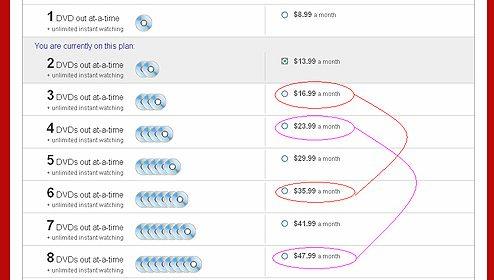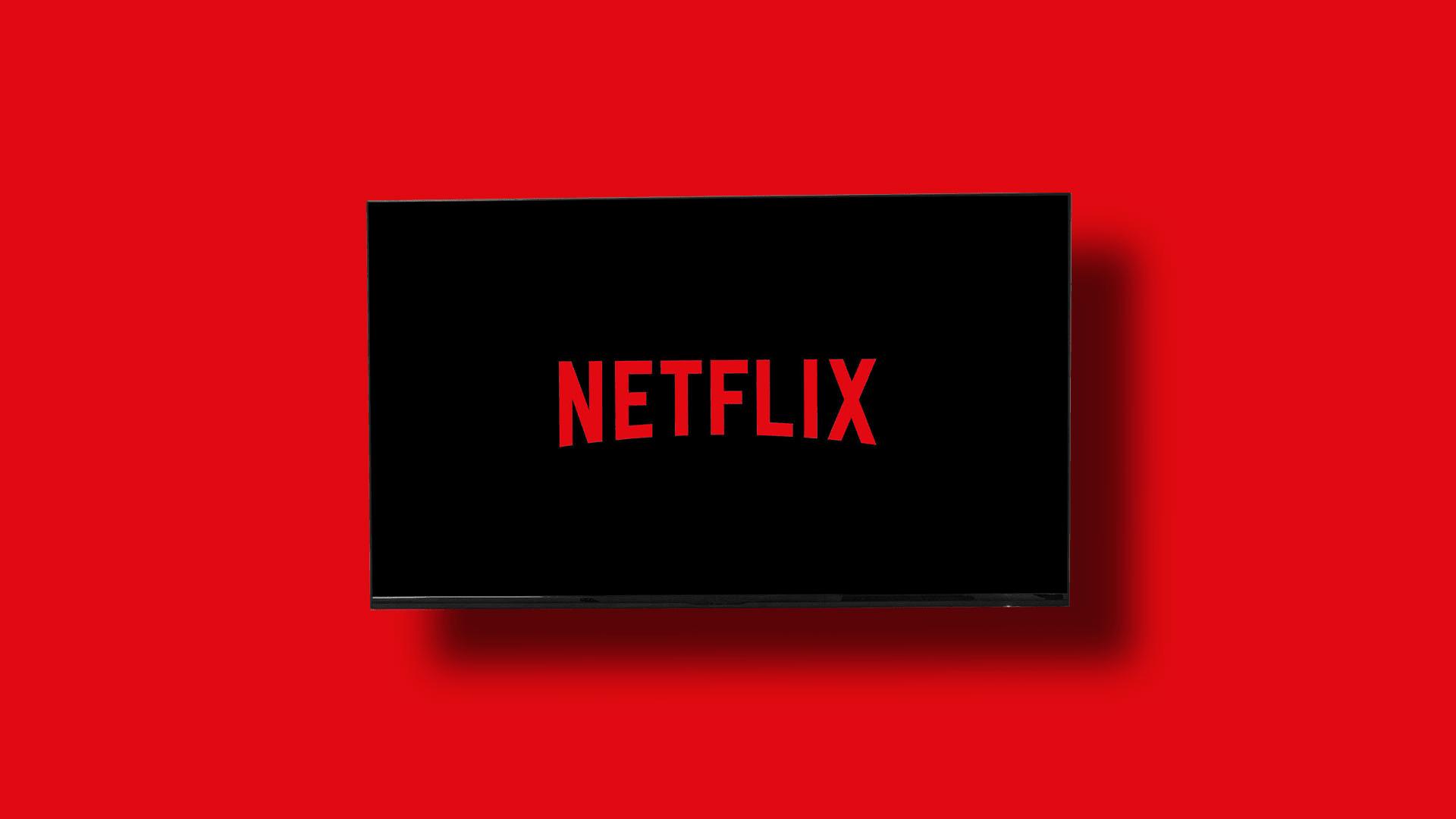In the ever-evolving landscape of digital entertainment, streaming platforms have become indispensable to our daily lives, offering a vast array of content at our fingertips. Among the most prominent contenders in this arena are Netflix and Hulu, each boasting unique features and extensive libraries that cater to diverse audiences. As consumers face the challenge of selecting the ideal service to satisfy their streaming needs, a comprehensive analysis of these two giants becomes essential. This article delves into the strengths and limitations of Netflix and Hulu, examining content variety, pricing, user experience, and more, to help you make an informed decision tailored to your viewing preferences.
Content Libraries and Original Programming
When it comes to choosing between Netflix and Hulu, a critical factor to consider is the strength of their . Netflix is renowned for its extensive library that spans a wide array of genres, catering to global audiences. Its original content, including hits like Stranger Things, The Crown, and Bridgerton, has set a high bar in the streaming industry. These productions not only attract subscribers but also drive cultural conversations worldwide.
Hulu, on the other hand, offers a compelling mix of current TV shows and its own original content. It stands out with its next-day access to popular network series, making it a go-to for those who want to keep up with the latest episodes without cable. Hulu’s original offerings, such as The Handmaid’s Tale and PEN15, provide unique narratives that appeal to a diverse audience. Additionally, Hulu’s partnership with networks allows it to host a variety of shows not available on Netflix, giving it an edge for those seeking fresh, episodic content.
- Netflix: Extensive global library, diverse genres, strong original productions.
- Hulu: Access to current TV shows, unique originals, network partnerships.

User Experience and Interface Design
When it comes to streaming platforms, the user experience and interface design play pivotal roles in determining the overall satisfaction of subscribers. Netflix is renowned for its sleek, minimalist design that prioritizes ease of navigation. The platform utilizes algorithms to tailor content suggestions, ensuring a personalized viewing experience. Key features include:
- Seamless browsing with a focus on trending and new releases.
- Profile customization for multiple users, enhancing personalization.
- Intuitive search function that supports keyword and genre exploration.
On the other hand, Hulu offers a more dynamic interface that appeals to users who appreciate a blend of live TV and on-demand content. Its design emphasizes accessibility to a wide variety of channels and shows. Notable aspects include:
- Live TV integration directly from the main dashboard.
- Customizable watchlists that sync across devices.
- Interactive content guides for real-time updates and suggestions.
Both platforms have their strengths, with Netflix excelling in simplicity and Hulu offering robust live TV options. The choice ultimately depends on whether users value a straightforward interface or a feature-rich environment.

Pricing Models and Subscription Plans
When evaluating the financial aspect of these streaming giants, it’s crucial to understand their pricing models and subscription plans. Netflix offers a tiered pricing structure, providing three main plans: Basic, Standard, and Premium. Each level differs in terms of video quality and the number of simultaneous streams. The Basic plan offers a single stream in standard definition, while the Premium plan supports up to four simultaneous streams in ultra-high definition. This tiered approach allows users to select a plan that best fits their viewing habits and budget.
On the other hand, Hulu presents a more flexible subscription model with options like Hulu (With Ads), Hulu (No Ads), and the Hulu + Live TV package. The ad-supported plan is notably cheaper, making it an attractive option for budget-conscious viewers willing to tolerate occasional interruptions. The ad-free version provides a seamless viewing experience, while the Live TV option caters to those seeking a blend of on-demand content and traditional television. Both platforms offer additional add-ons, such as premium channels, allowing for further customization. Ultimately, the choice between Netflix and Hulu may hinge on your preference for pricing flexibility and content variety.

Device Compatibility and Streaming Quality
- Netflix: Netflix is renowned for its extensive device compatibility. Whether you’re using a smart TV, smartphone, tablet, or gaming console, Netflix is likely to be available. It supports high-definition streaming on most devices and offers 4K Ultra HD and HDR for compatible devices. Netflix’s adaptive streaming technology ensures a seamless viewing experience, adjusting the quality based on your internet speed. However, to enjoy 4K content, you’ll need a premium plan and a strong internet connection.
- Hulu: Hulu also provides broad device compatibility, covering major platforms like smart TVs, mobile devices, and gaming consoles. While Hulu offers HD streaming, its 4K content is limited compared to Netflix, and not all devices support it. Hulu’s streaming quality is generally consistent, but it may not adjust as dynamically as Netflix’s. For live TV, a stable internet connection is crucial to avoid buffering issues.
When comparing the two, Netflix’s strength lies in its superior streaming technology and more extensive 4K library, making it ideal for those with high-resolution setups. Conversely, Hulu is a solid choice if you’re looking for live TV options alongside your on-demand content, though it may require some compromise on streaming quality for certain devices.



